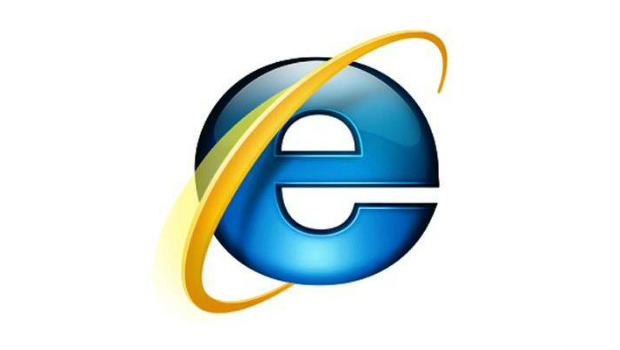More than half of all Internet Explorer (IE) users have less than 10 months to discard their browsers, and either update to a new edition of IE or dump Microsoft for one of its browser-making rivals.
The majority of IE users face a support retirement deadline that Microsoft unexpectedly announced last August. After 12 January 2016, Microsoft will support IE9 only on Windows Vista and Windows Server 2008, IE10 only on Windows Server 2012, and only IE11 on Windows 7, Windows 8.1, Windows Server 2008 R2 and Windows Server 2012 R2.
IE7 and IE8 will drop off support completely – as will IE6 in July when Microsoft retires Windows Server 2003 – but others on certain editions of Windows, like IE10 on Windows 7, will also get the patch axe.
The off-support IE editions will continue to work, but Microsoft will halt technical support and stop serving security updates for the banned applications.
Microsoft’s mandate has not substantially changed the user share of the 10-month-to-retirement versions.
According to Web analytics company Net Applications, the affected editions were used by 60% of those running IE in February.
IE8, for example, accounted for 33% of all instances of Internet Explorer last month, while IE7 and IE10 combined for 10%. And most of IE9’s 14% share of all Internet Explorer instances had to be counted as well, since Windows Vista, the only OS that will continue to support the edition with patches, powered a measly 2% of all Windows machines, leaving most of IE9 running on Windows 7. Users of the latter will have to dispense with the 2011 browser in January.
Those numbers were an improvement over September 2014, when news website Computerworld last looked at the impact of Microsoft’s browser retirement decision, but it also illustrated the slow pace of change, even under a gun.
At the beginning of September 2014, about 70% of all instances of IE were on the new chopping block; that has declined to 60% – an average drop of just 1.7% per month. If users maintain that same pace of discarding older versions of IE over the next 10 months – it’s likely that migrations will pick up momentum as the drop-dead nears – it would mean about 43% of all IE users would find themselves cut off from security updates in January.
Microsoft’s free Windows 10 upgrade offer, which will swing into action this summer, may accelerate the demise of the affected editions – if only because it will set the new Project Spartan browser as the default – but it’s unlikely to prove a panacea. Enterprises, which analysts believe will wait years before jumping off Windows 7 for Windows 10, remain wedded to Internet Explorer, particularly IE8.
Many companies standardized on 2009’s browser because it was the last supported by Windows XP and can run on Windows 7.
Users’ reliance on IE8 has slipped less than five percentage points in the last six months, hinting that it will be very difficult to eradicate, Microsoft’s support policy notwithstanding.
IE users can find more information about the planned obsolescence in a FAQ Microsoft has published on its website.
Computerworld








Subscribers 0
Fans 0
Followers 0
Followers